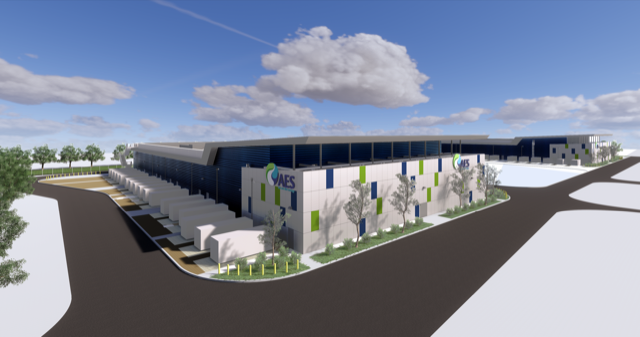
Standalone energy storage can challenge new gas plants in the US right now, Fluence’s COO has said.
The firm has broken ground on a 100MW / 400MWh project in Southern California for AES, one half of the Fluence joint venture, along with Siemens. It is scheduled to be operational on 1 January, 2021.
Enjoy 12 months of exclusive analysis
- Regular insight and analysis of the industry’s biggest developments
- In-depth interviews with the industry’s leading figures
- Annual digital subscription to the PV Tech Power journal
- Discounts on Solar Media’s portfolio of events, in-person and virtual
The Alamitos project will replace an existing AES-owned gas peaker plant with a system built on Fluence’s Advancion 5 batteries. As well as fulfilling peaker duties, the storage system will also be used to provide greater grid reliability and renewable power integration.
“Alamitos energy storage will stand as the first of a new generation of energy storage procured as stand-alone alternatives to new gas plants. It represents a whole new way to think about capacity and reliability,” said John Zahurancik, Chief Operating Officer for Fluence. “Its size, flexibility and long duration stand as a benchmark, and showcase energy storage as a mainstream option for peaking power and grid support.”
A just-published NREL report demonstrated the potential for energy storage to provide peaker capacity in the US putting the scale of the opportunity at 76GW.
AES was awarded a 20-year power purchase agreement by SCE to provide a combination of modern gas-fired turbines and energy storage.
“Energy storage is our most flexible resource. It can charge or discharge virtually instantaneously and helps us to maximize our use of renewable energy on the grid,” said Colin Cushnie, VP power supply, Southern California Edison. “Projects such as this signal a new direction for how we can meet our customers’ need for reliable energy with a clean mix of resources.”
This article has been amended to more accurately reflect the project's completion date.






